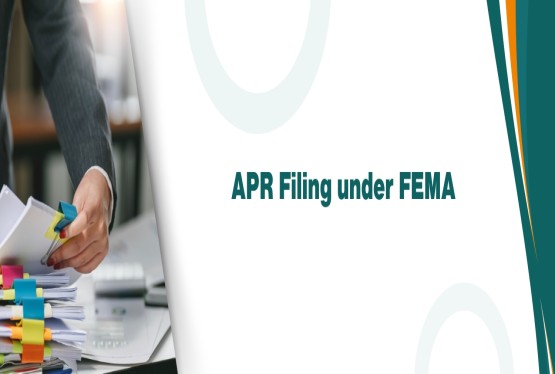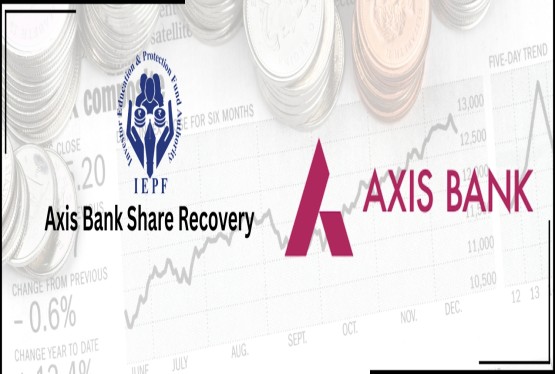The Reserve Bank of India (RBI) has released a fresh set of guidelines titled "RBI’s Project Finance Directions 2025" aimed at standardising and enhancing the framework for project-based lending across regulated entities. These include banks, Non-Banking Financial Companies (NBFCs), and All India Financial Institutions (AIFIs). The RBI's Project Finance Directions 2025 come after extensive stakeholder consultations and are poised to reshape the credit for infrastructure and long-gestation projects in India.
Definition of Project Finance under RBI’s Project Finance Directions 2025
The RBI has provided a precise definition of project finance in its 2025 directions. Project finance refers to lending where the main source of repayment comes from the revenues generated by the project itself. Unlike conventional loans where a borrower’s overall financial standing forms the basis for the loan, here the focus is on the projected cash flows and the assets created under the project.
This means that the borrower’s general creditworthiness is not the key consideration. Instead, the project's ability to generate income and service the debt becomes central. The security for such loans primarily rests with the assets created by the project, which underscores the importance of project viability and timely execution.
Main Provisions of the RBI's Project Finance Directions 2025
The following are the main provisions of the RBI's Project Finance Directions 2025:
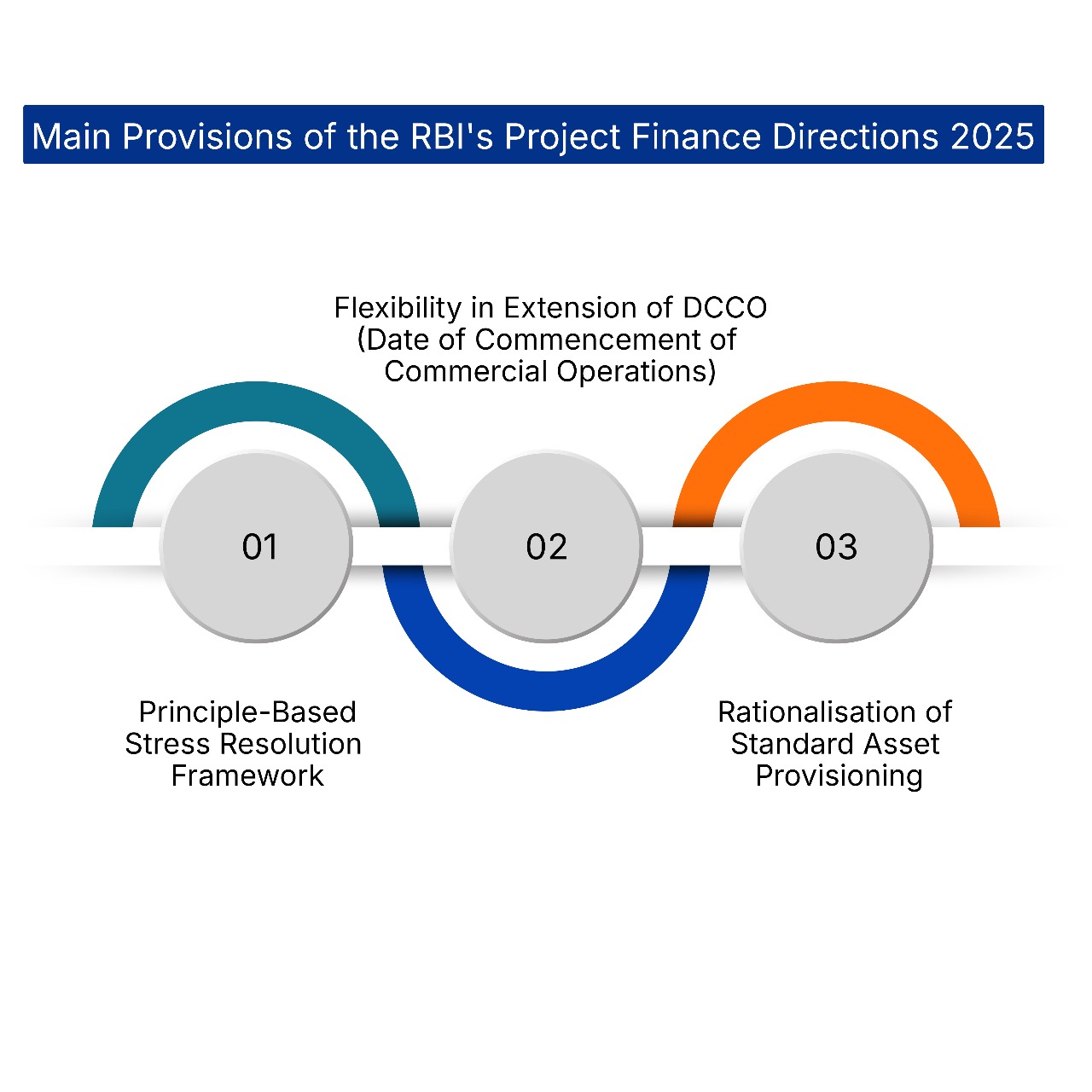
Principle-Based Stress Resolution Framework
One of the cornerstone changes in RBI’s Project Finance Directions 2025 is the introduction of a principle-based approach for stress resolution in project finance. Earlier frameworks often followed a rigid, rule-based system that left little room for contextual judgment. In contrast, this new approach offers regulated entities (REs) the flexibility to formulate their internal policies in line with broad RBI guidelines.
These internal policies must ensure the early detection of stress signals in project finance accounts. The objective is to encourage prompt reporting and resolution to minimise risk escalation. REs are expected to put in place monitoring tools, escalation mechanisms, and structured resolution processes suited to the nature of project loans.
This transition is designed to empower financial institutions to exercise discretion while maintaining accountability. It also encourages innovation in dealing with stressed assets rather than following a one-size-fits-all formula.
Flexibility in Extension of DCCO (Date of Commencement of Commercial Operations)
A common challenge in infrastructure projects is delays in project implementation. The RBI, in recognition of this, has offered greater leeway in extending the Date of Commencement of Commercial Operations (DCCO) without necessarily classifying the asset as substandard.
Under the new directions, asset classification will not be downgraded merely due to delay in DCCO, provided certain criteria are met. These include the existence of genuine project delays outside the control of the borrower, evidence that the project remains viable in the long run, and regular payment of interest during the extended period. This move is particularly significant for sectors like infrastructure and real estate where long gestation periods are common. It also reduces the burden of regulatory overreaction and fosters a more supportive lending environment for project promoters.
Rationalisation of Standard Asset Provisioning
Another impactful reform in RBI’s Project Finance Directions 2025 is the rationalisation of provisioning norms for standard assets. Provisioning refers to the capital buffer that lenders need to set aside to cover potential losses.
Earlier drafts suggested a 5% provisioning for under-construction projects, which was seen as excessive by industry stakeholders. In the final directions, RBI has revised this to 1%, aligning it more closely with actual credit risk. This change takes effect from October 1, 2025. For operational infrastructure projects, the provisioning requirement remains at 0.4%, consistent with previous norms. Additionally, under-construction commercial real estate projects will attract a provisioning of 1.25%. These revisions aim to strike a balance between prudential risk management and the promotion of capital-intensive infrastructure development.
Market Reactions and Lending Sector Response
The financial markets responded positively to the RBI's announcement. Shares of companies heavily engaged in project finance, such as Power Finance Corporation (PFC), saw gains of nearly 5%. REC Ltd and Indian Renewable Energy Development Agency (IREDA) also recorded notable gains, reflecting investor confidence.
Similarly, state-run banks like Punjab National Bank (PNB) and Central Bank of India saw their stocks rise over 2%. The NIFTY PSU Bank Index showed a 1% gain, indicating a broad-based positive sentiment within the banking sector. This optimism reflects the anticipated easing of capital pressure on lending institutions and greater confidence in the financial viability of large-scale infrastructure projects.
Sectoral Implications and Stakeholder Feedback
The RBI’s Project Finance Directions 2025 are the outcome of a comprehensive consultation process involving around 70 entities. These include banks, NBFCs, law firms, academic institutions, industry associations, and government departments.
The final framework addresses several longstanding concerns. For instance, lenders have often faced dilemmas in provisioning and asset classification when dealing with long-gestation infrastructure projects. Developers, on the other hand, needed greater assurance that project delays beyond their control would not automatically result in loan defaults or stressed classifications. The new framework thus harmonises the objectives of financial prudence and operational flexibility. It enables a more stable and predictable lending environment, which is crucial for private sector participation in India’s infrastructure development.
Special Provisions for High-Value Projects
In an additional provision, the RBI has introduced thresholds for exposure by individual lenders in high-value projects. For projects with an aggregate exposure exceeding Rs.1,500 crore, an individual lender must hold at least Rs.150 crore or 5% of the total exposure, whichever is higher.
This provision ensures adequate skin in the game for each lender involved in large projects. It encourages more thorough due diligence and accountability among lending institutions and promotes syndication best practices.
Alignment with Broader Regulatory Goals
The RBI’s move comes against the backdrop of historical defaults in infrastructure lending, often caused by overly optimistic projections and execution delays. By tightening norms while simultaneously reducing unnecessary provisioning burdens, the new guidelines seek to ensure that project financing is both responsible and growth-oriented.
The central bank also aims to encourage long-term capital formation without compromising the stability of the financial system. This becomes crucial in the context of India’s ambitions to rapidly expand its infrastructure base and attract private capital.
Implementation Timeline
The RBI has provided a clear implementation timeline for the new guidelines. All regulated entities are expected to align their internal frameworks with the directions and be ready for full compliance by October 1, 2025.
REs are encouraged to begin the groundwork immediately. This includes policy reviews, staff training, updating credit assessment frameworks, and deploying early warning systems to monitor project risks.
Conclusion
The RBI’s Project Finance Directions 2025 mark an important shift in India’s project finance landscape. By introducing a principle-based approach to stress resolution, allowing flexibility in DCCO extensions, and rationalising provisioning norms, the central bank has struck a commendable balance between regulatory discipline and operational flexibility. These norms are expected to boost credit flow to infrastructure, reduce regulatory ambiguity, and ensure better risk management in project-based lending. The immediate positive reaction from financial markets and lending institutions reinforces the framework's credibility.
If you need any support, you can connect with Compliance Calendar Experts through mail at info@ccoffice.in or Call/Whatsapp at +91 9988424211.
FAQs
Q1. What is the objective behind RBI’s Project Finance Directions 2025?
Ans. The RBI’s Project Finance Directions 2025 aim to streamline project-based lending across banks, NBFCs, and financial institutions. The objective is to promote infrastructure development while ensuring financial discipline and timely stress resolution. It provides clarity on asset classification, provisioning, and stress management for under-construction and operational projects.
Q2. How does RBI define project finance under the new norms?
Ans. Project finance is defined as lending where repayment is primarily dependent on the project’s revenues rather than the borrower’s overall creditworthiness. The security for such loans lies in the project’s assets and cash flows, not in the borrower’s personal or corporate guarantees.
Q3. What changes has RBI made regarding the extension of DCCO?
Ans. Under the new norms, RBI allows flexibility in extending the Date of Commencement of Commercial Operations (DCCO) without triggering asset classification downgrade, provided conditions are met. These include genuine project delays beyond the borrower’s control, continued project viability, and regular interest payments during the extension period.
Q4. What are the new provisioning requirements under RBI’s 2025 directions?
Ans. For under-construction infrastructure projects, standard asset provisioning is now set at 1%, replacing the earlier proposed 5%. For under-construction commercial real estate, provisioning is 1.25%. Operational projects will continue with a provisioning of 0.4%. These reduced provisions aim to ease capital pressure on lenders.
Q5. When do the new RBI project finance norms come into effect?
Ans. The RBI’s Project Finance Directions 2025 will come into force from October 1, 2025. All regulated entities must align their internal frameworks and begin implementation accordingly before the effective date.
Q6. How does the principle-based stress resolution framework help lenders?
Ans. The principle-based approach allows banks and NBFCs to develop internal policies for stress resolution instead of following rigid rules. This gives lenders more flexibility and discretion to handle project stress cases based on context, ensuring faster and more practical resolution strategies.
Q7. What is the minimum exposure required for individual lenders in high-value projects?
Ans. For projects with aggregate lender exposure exceeding Rs.1,500 crore, each participating lender must have a minimum exposure of either Rs.150 crore or 5% of the total loan amount, whichever is higher. This ensures lender accountability and better due diligence.
Q8. How have markets reacted to the new project finance guidelines?
Ans. The market has reacted positively. Shares of project finance firms like PFC, REC Ltd, and IREDA, along with PSU banks, saw notable gains after the announcement. The relaxed norms are expected to boost infrastructure funding, reduce capital stress, and improve investor confidence in the lending sector.











































































_crop10_thumb.jpg)


































































_crop10_thumb.jpg)
_crop10_thumb.jpg)



_crop10_thumb.jpg)


_crop10_thumb.jpg)





_crop10_thumb.jpg)

_crop10_thumb.jpg)














-suratgujarat-section-158_crop10_thumb.jpg)
-suratgujarat_crop10_thumb.jpg)
-(33)_crop10_thumb.jpg)



-ahmedabad_crop10_thumb.jpg)
-learn_crop10_thumb.jpg)

-learnn_crop10_thumb.jpg)



























































_crop10_thumb.jpg)






















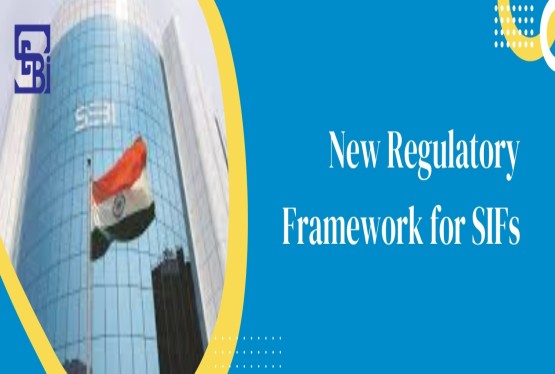
_Guidelines_learn_crop10_thumb.jpg)























_learn_crop10_thumb.jpg)
_crop10_thumb.jpeg)










_crop10_thumb.jpg)




_Second_Amendment_Rules,_2025_learn_crop10_thumb.jpg)







_learn_crop10_thumb.jpg)
































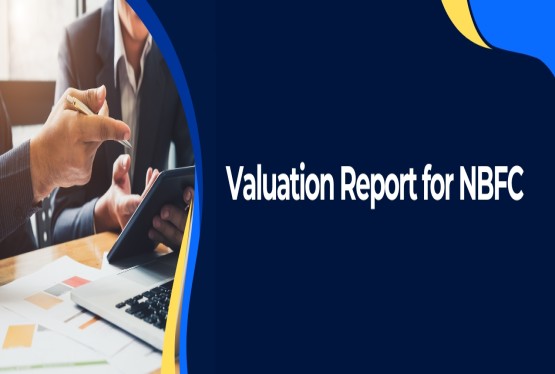



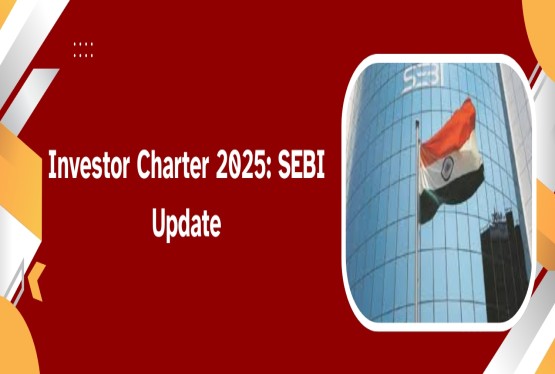






_learn_crop10_thumb.jpeg)

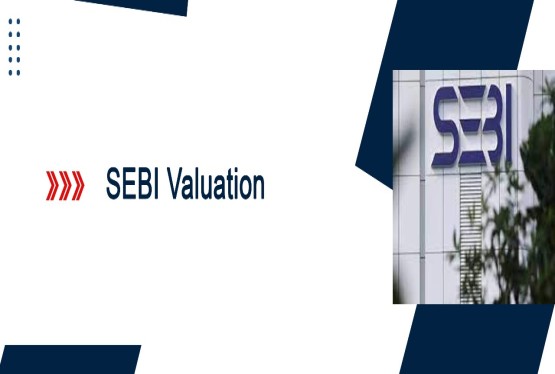
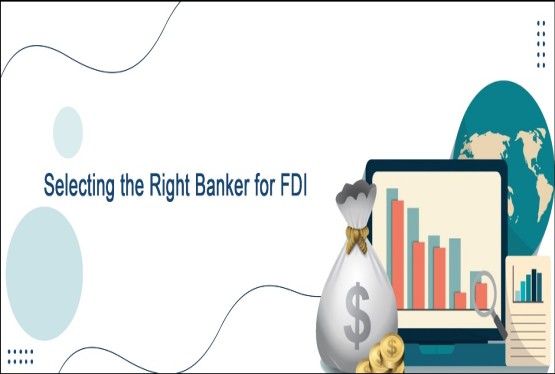
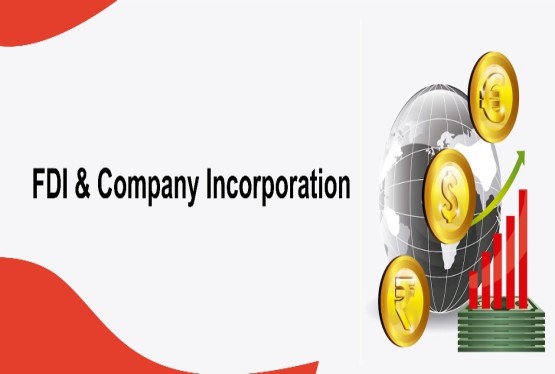
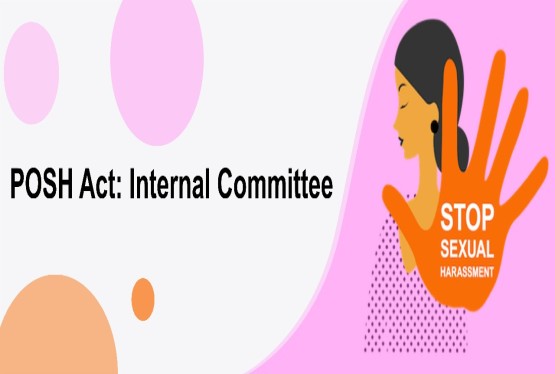








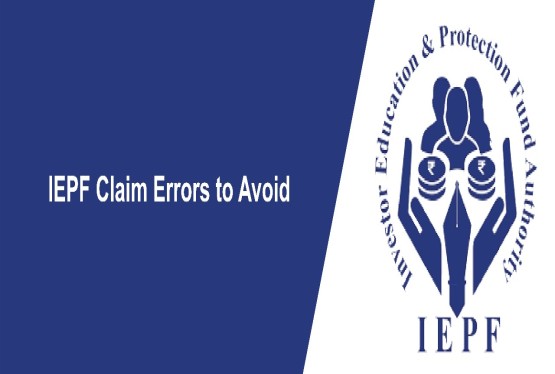


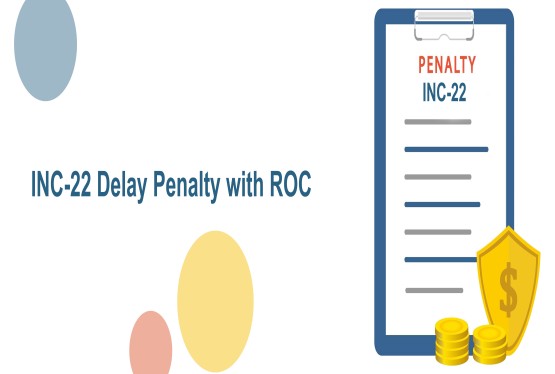
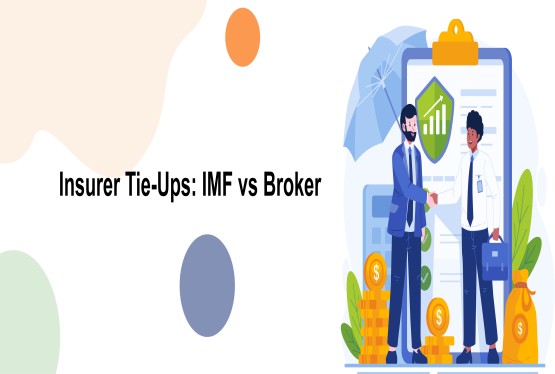

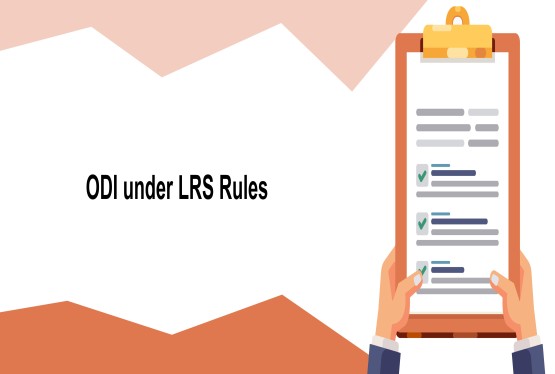
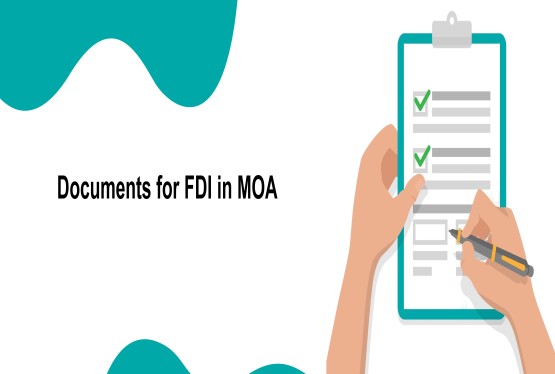


_learn_crop10_thumb.jpg)
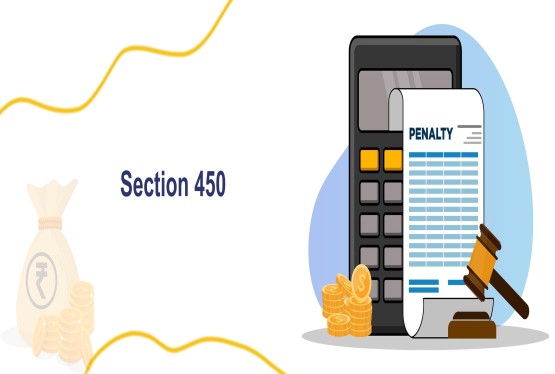


_rd_roc_learn_crop10_thumb.jpg)
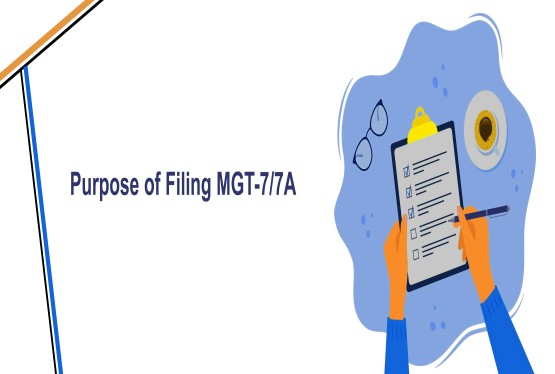



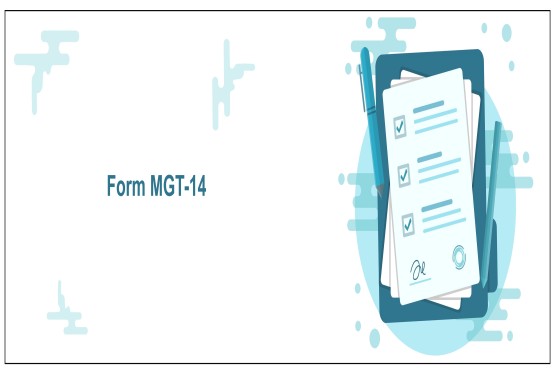
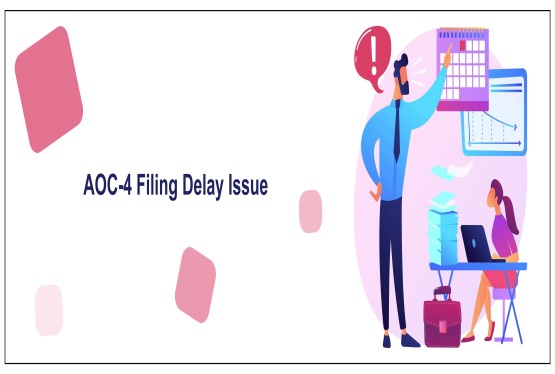
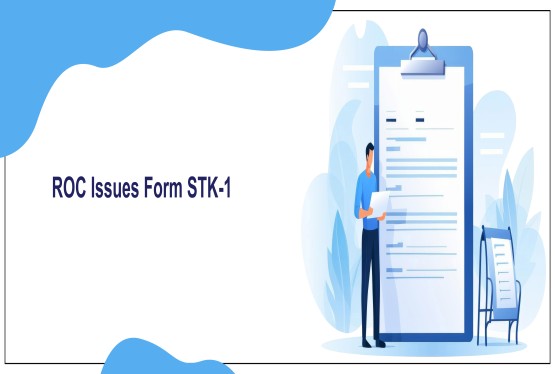






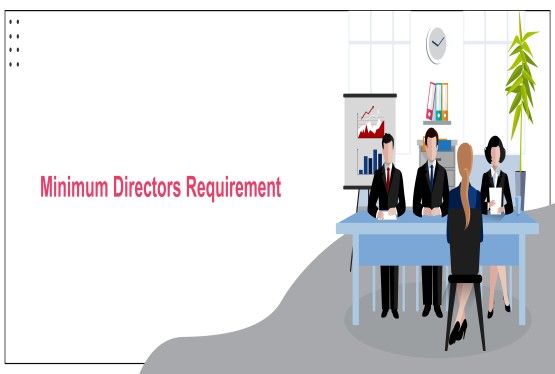

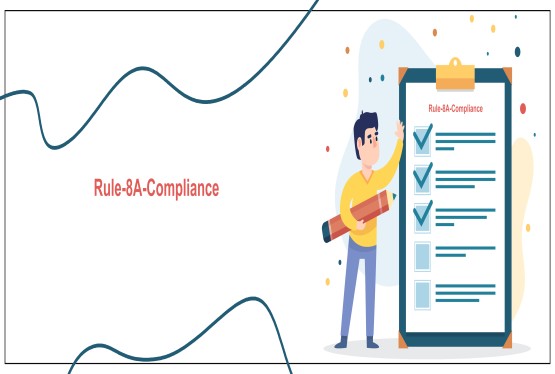
_learn_crop10_thumb.jpg)
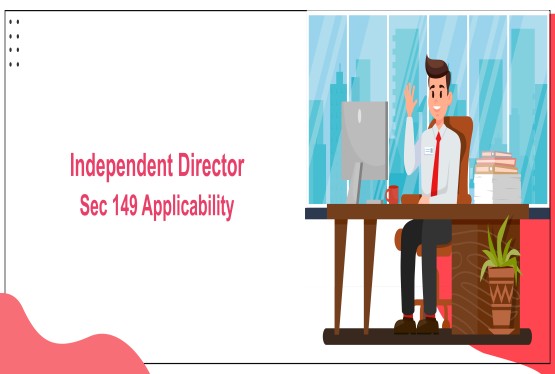
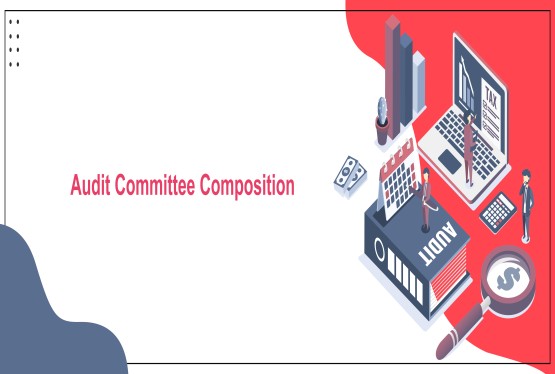
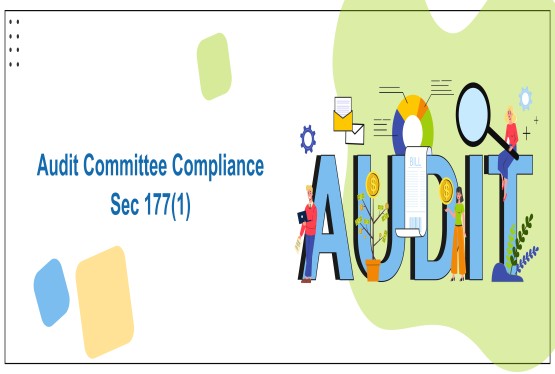



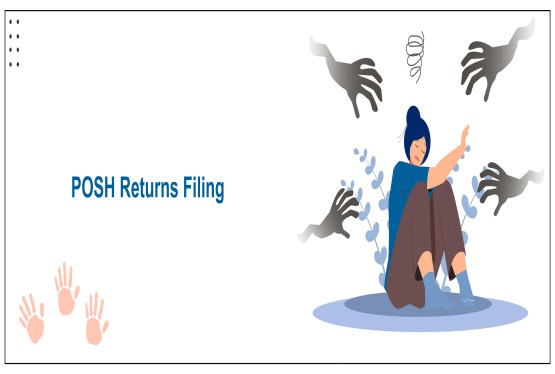
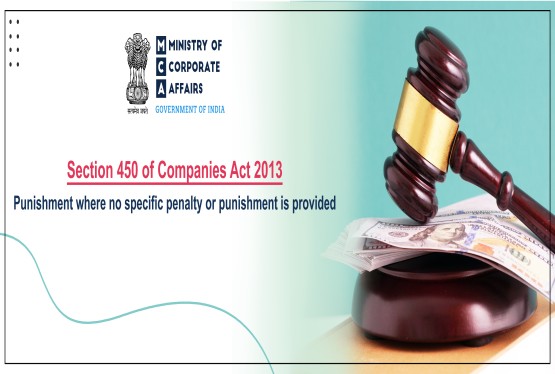

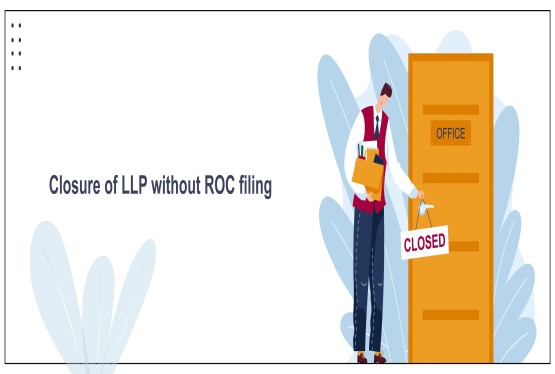
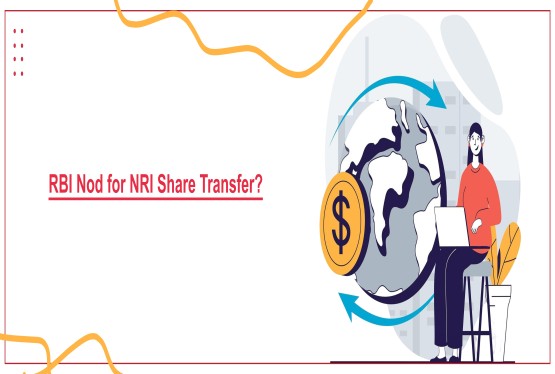

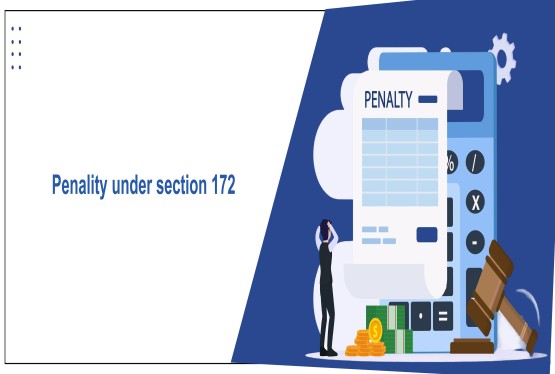
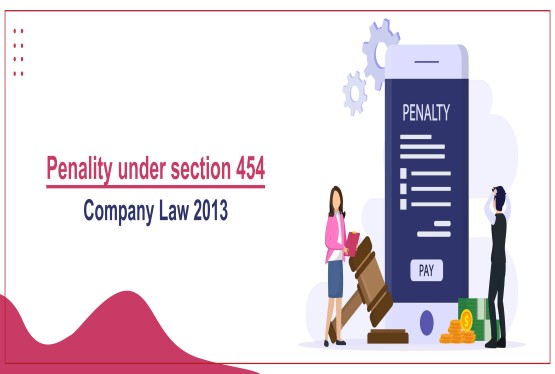
_learn_crop10_thumb.jpg)
_Learn_crop10_thumb.jpg)
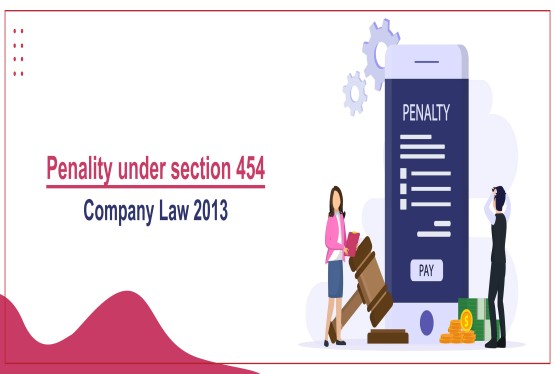
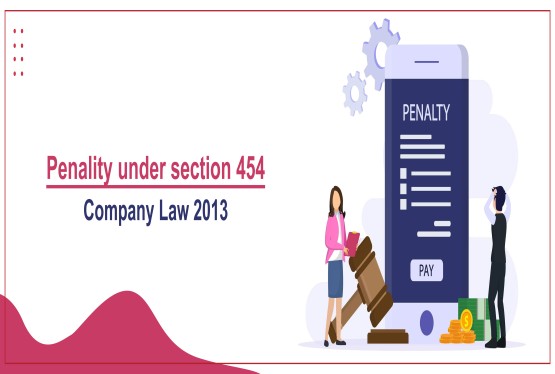
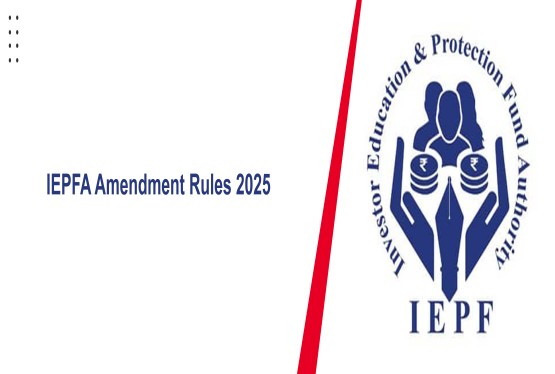
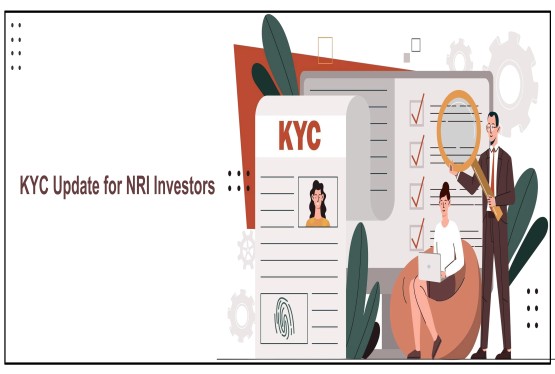



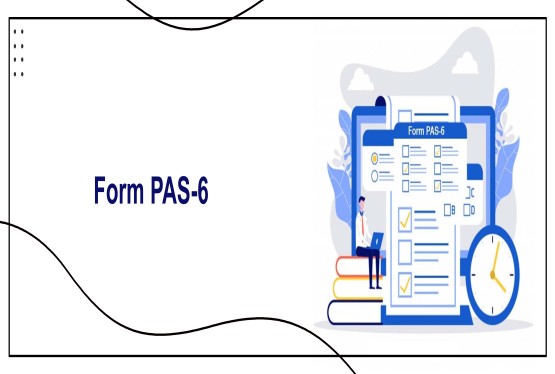


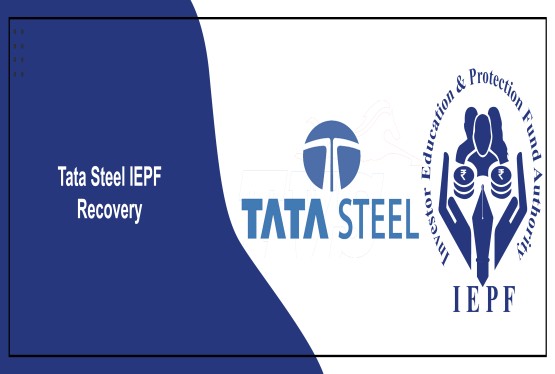
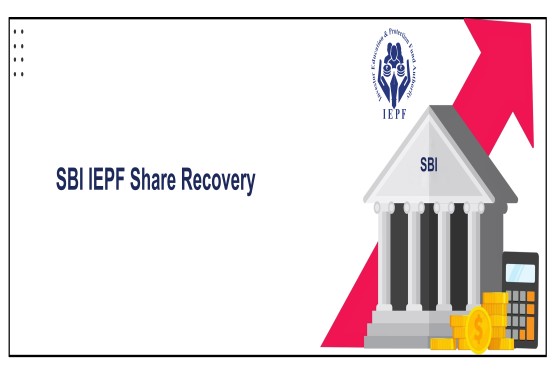
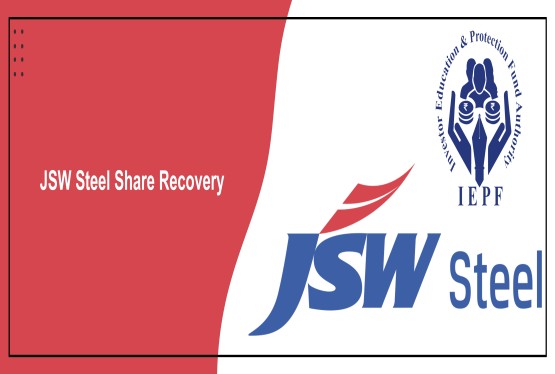


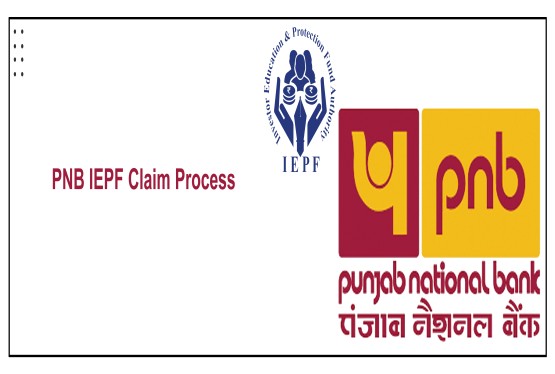





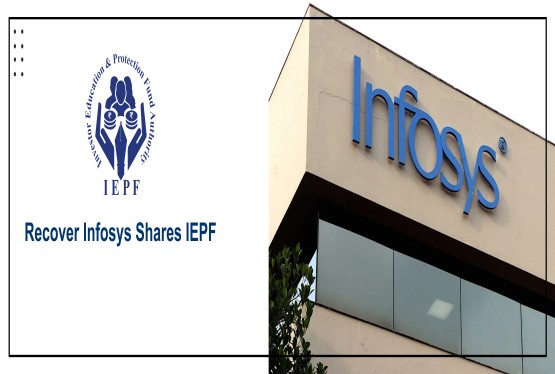


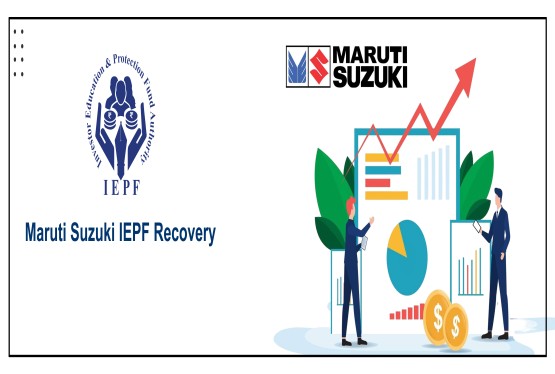


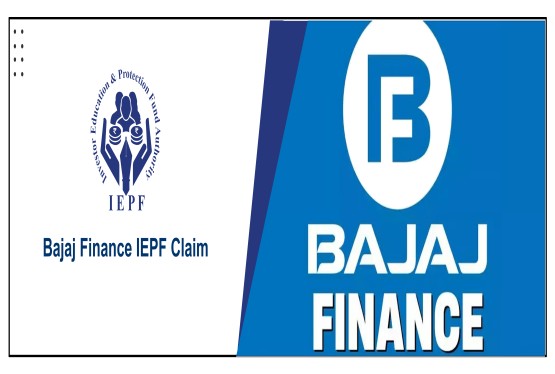
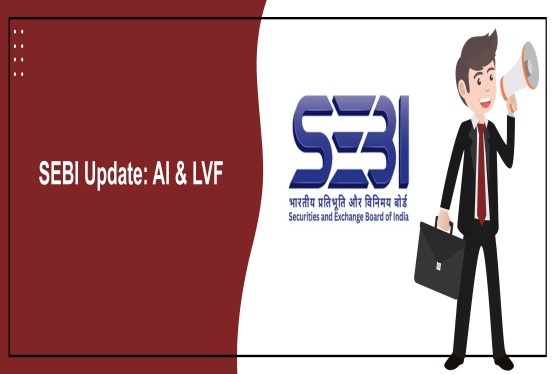




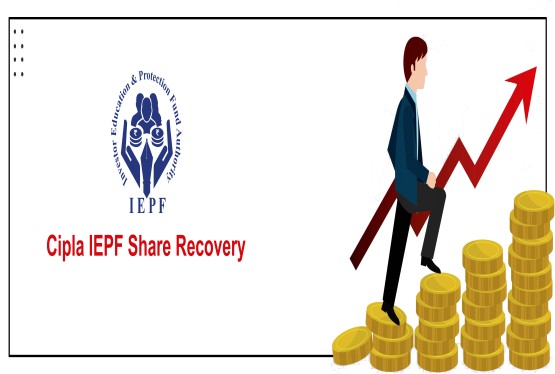
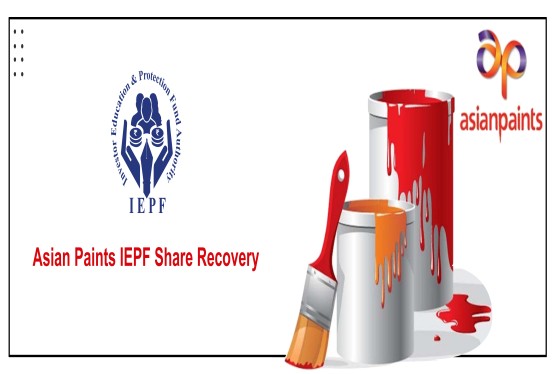
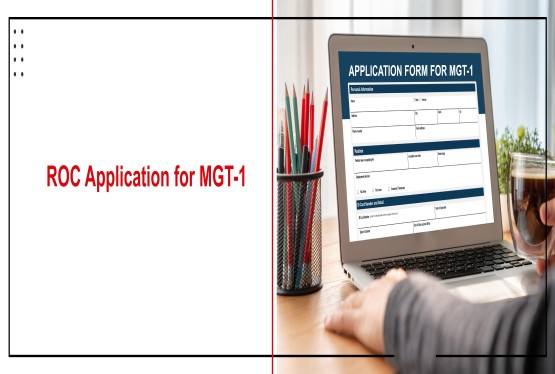



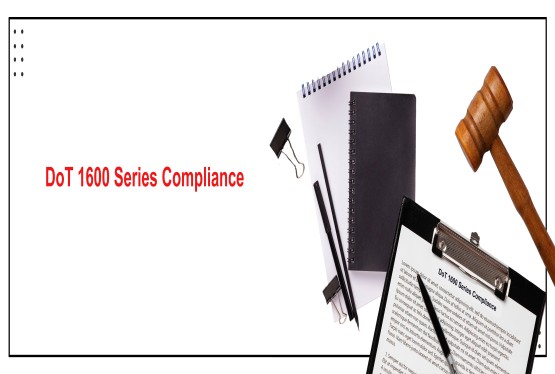
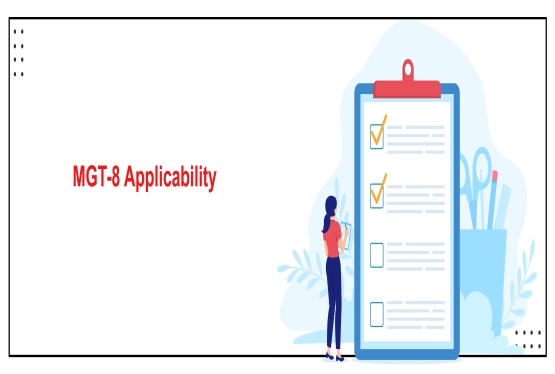

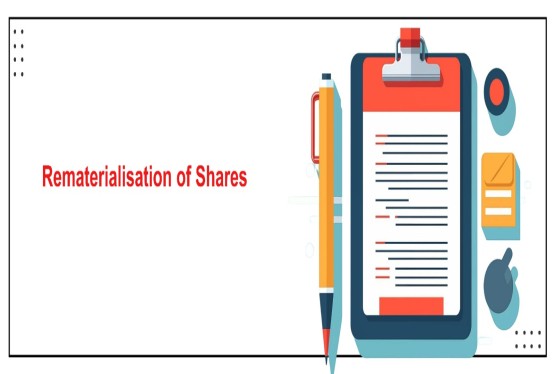
_learn_crop10_thumb.jpg)

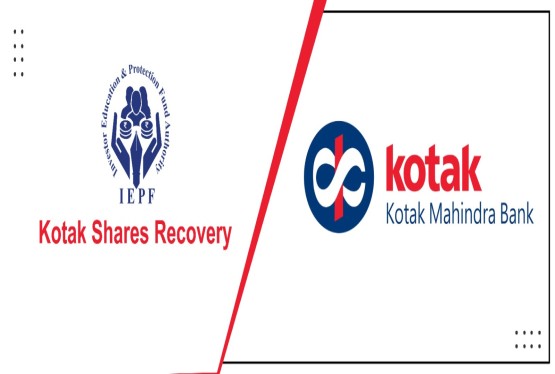

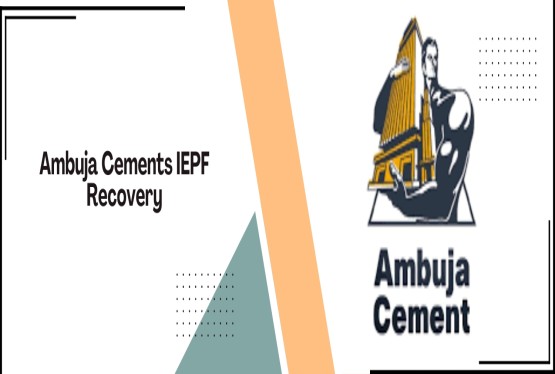
_learn_crop10_thumb.jpg)
